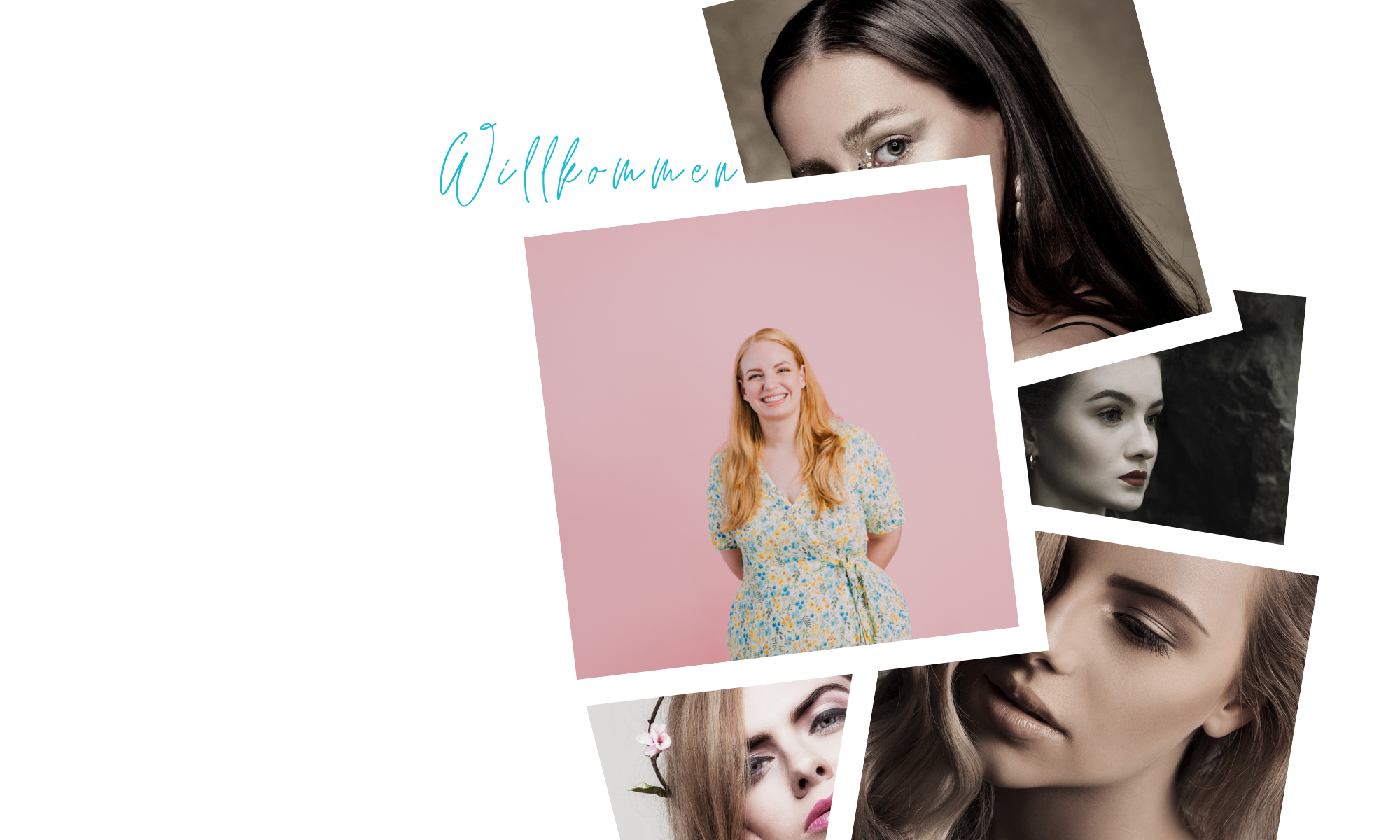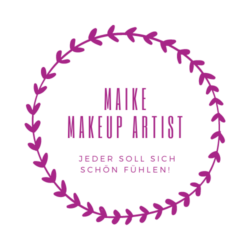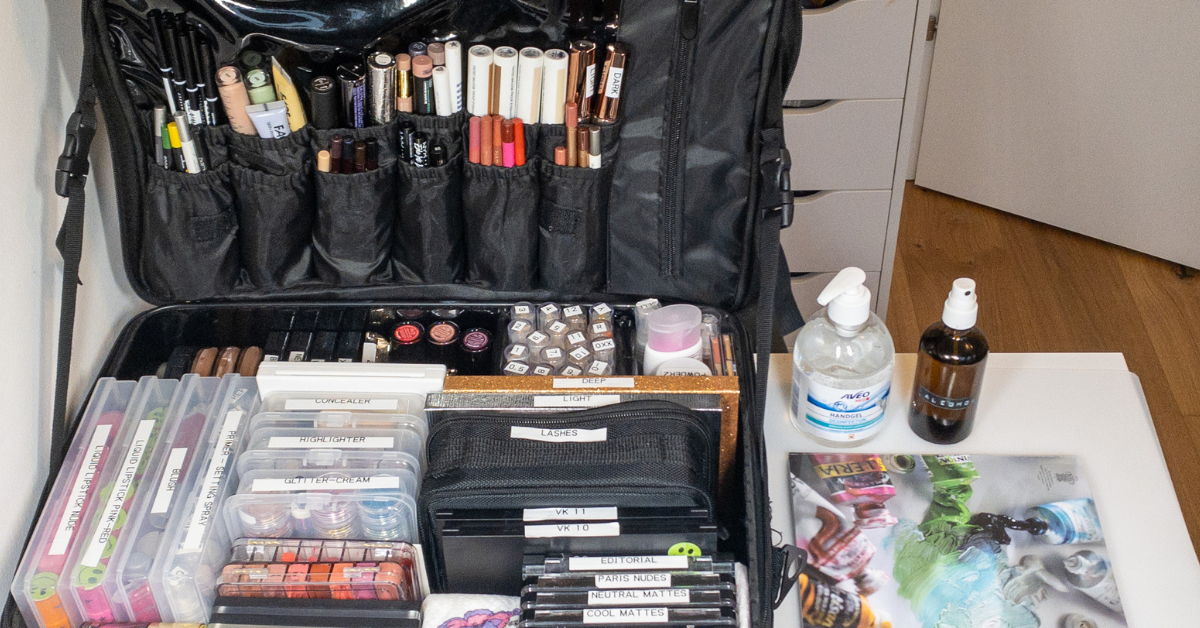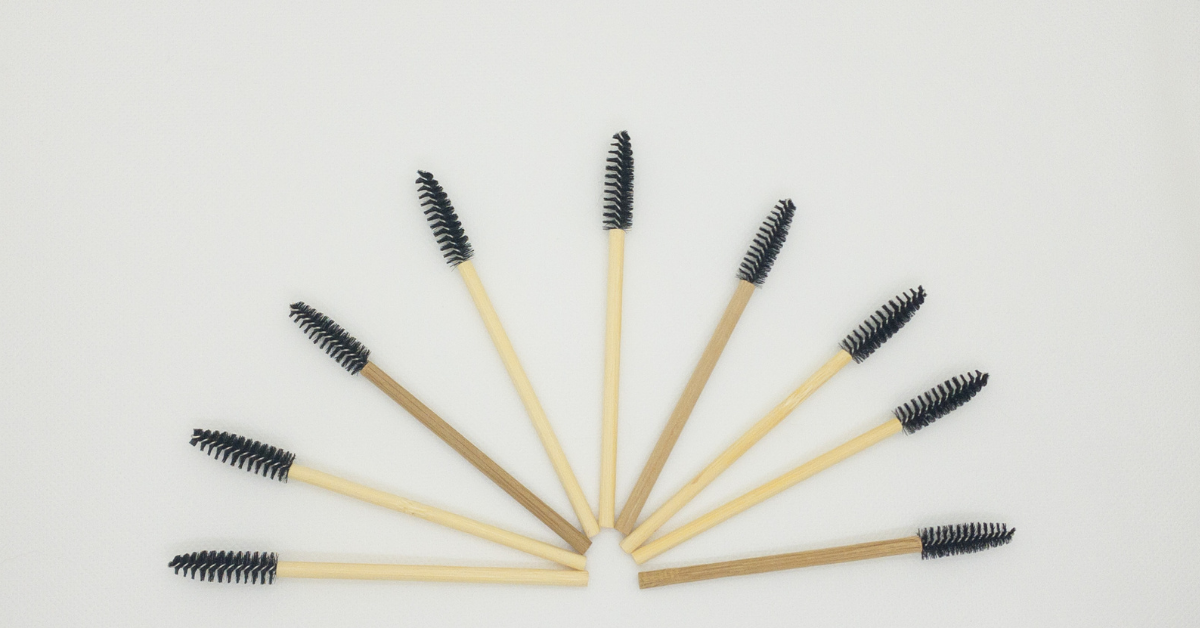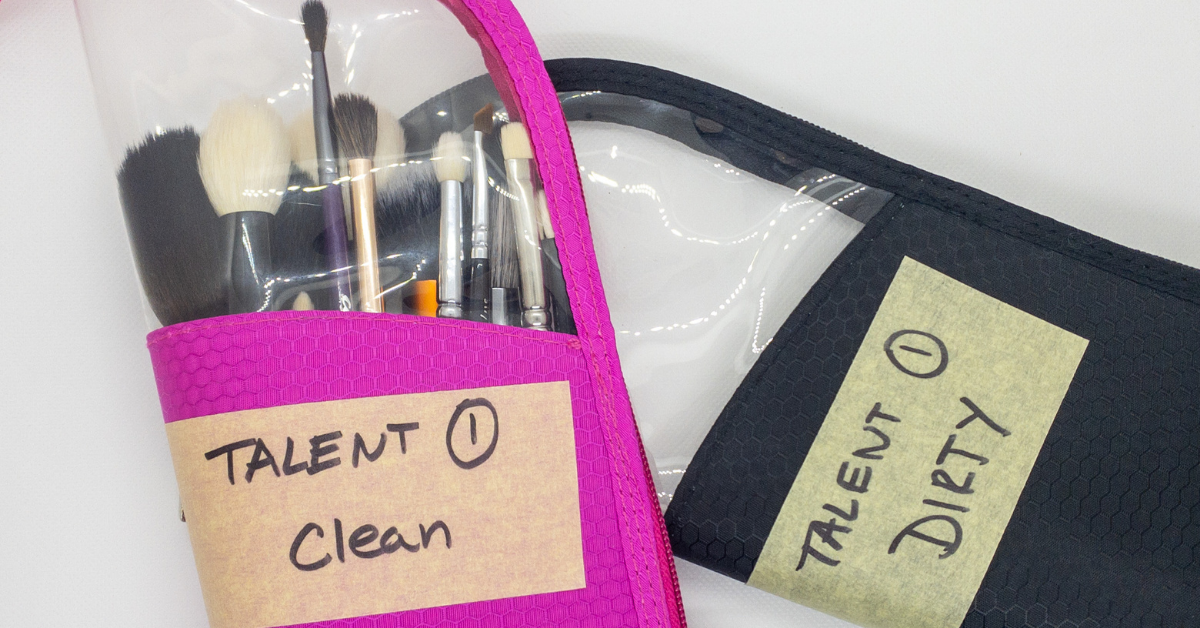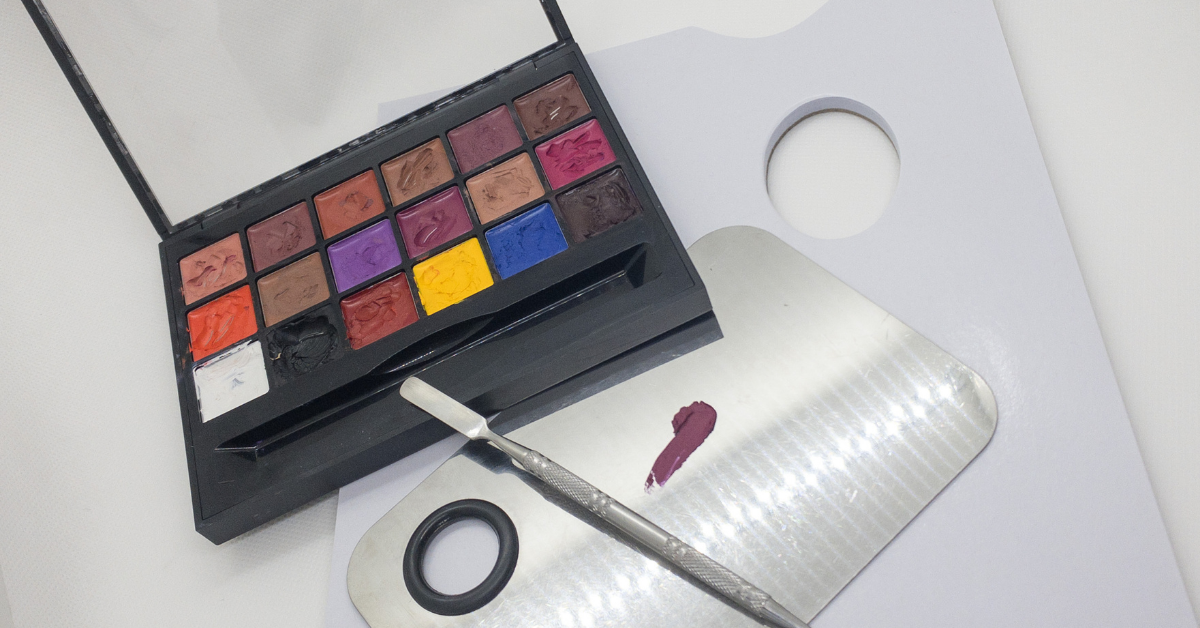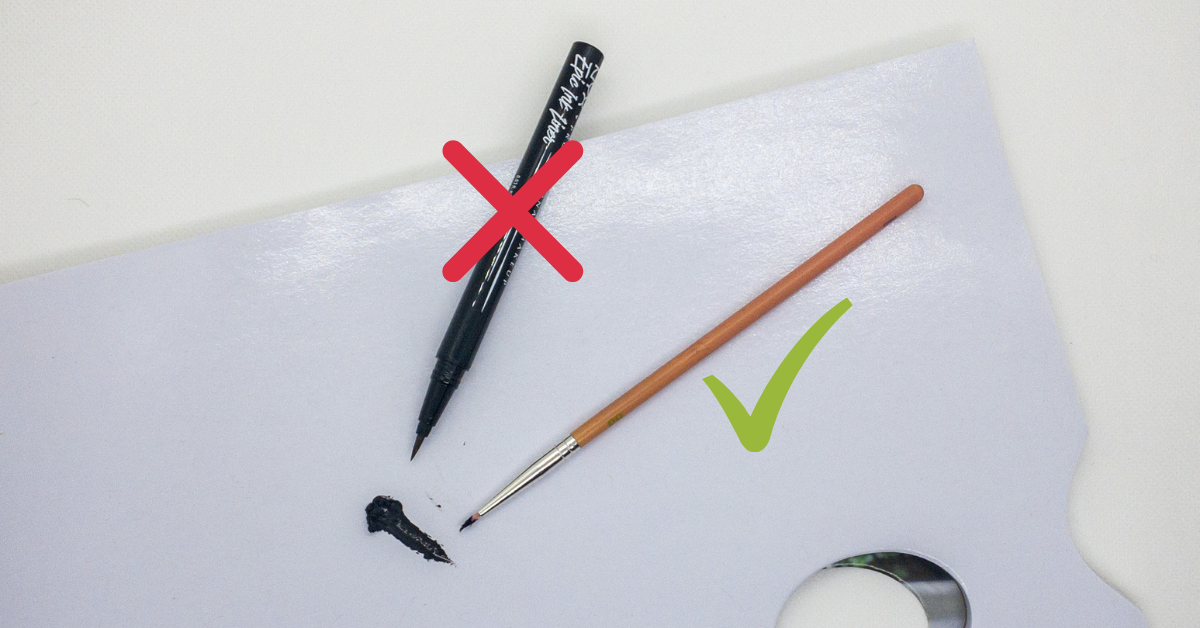I think in the year 2020 we all learned a little more about hygiene than we wanted to. Hence why I am often baffled at the working methods of some of my makeup artist colleagues. Today I will tell you a few tips on how to tell if your MUA is working hygienically.
Why is it important that my makeup artist is working hygienically?
Let’s forget about the pandemic for a second, because why it is important to work hygienically in COVID-19 times, should be clear. However even in the mysterious times “before” and “after” hygiene should be a makeup artist’s top priority. Herpes, staphylococcus, pink eye and styes are all typical diseases we see being transmitted by poor hygiene.
Direct and Indirect Transmission
In makeup artistry there are two main forms of concern when it comes to germs: direct and indirect transmission. The direct form just means person to person, so in this case from makeup artist to client or vice versa. The indirect form consists of a contaminated tool, for example a makeup brush, that touches the client or talent.
8 Things You Should Watch Out For
1. Clean Makeup Kit
The first thing you can look out for is the general condition of the makeup artists kit. The kit is pretty much everything the MUA uses, so the makeup products, hair prodcuts, bags, tools, etc. Is it dirty? Is it organized? What does the setup look like? Is there a bottle of alcohol/disinfectant and hand sanitizer?
I feel like from looking at one’s kit, you can tell a lot about the MUA’s attitude towards hygiene and sanitation. Of course there are products that are very difficult to keep spotless and a general wear and tear is to be expected, but the overall look should be clean and organized. Taking care of your products is a question of pride.
2. Mascara
I see this mistake so often and it is just disgusting: makeup artists that use the brush that comes with the mascara on all of their clients. This means the wand constantly touches different mucous membranes and is then put back into the actually mascara cream. This is the perfect breeding ground for microorganisms.
If that is not enough for you, two words: eyelash mites. Yes, we all have them. Small animals that live in our lashes and feed on our sebum. They can become a problem though, if you have too many of them. Often the result is irritation and inflammation. The eyelash mites are also the reason why you should be throwing out your personal mascara every 2-3 months. Now imagine the mite party in a bottle of mascara from a MUA that has 2-3 clients a day.
Mascara should only be applied with disposable wands. You can get cheap ones on amazon or ones made from bamboo, if you want to be a little more environmentally conscious. The important thing is, no double dipping. Once the wand has touched the eye, it is not allowed to go back into the tube!
3. Makeup Brushes
Makeup brushes are kind of like the makeup kit, you can tell right away if they are clean or dirty. However, especially natural hair is easy to stain and sometimes color can remain on the brush even if they are clean and sanitized. If you see powder or other product remains on the brushes, they are of course neither clean nor sanitized.
If a makeup artist has multiple clients/talents in one day, they need to disinfect their brushes in between. Alternatively, the MUA can pack multiple sterilized brush sets that are only to be used on one person.
4. Cream Products
All makeup products have to be removed hygienically, to be used on the client, but this is especially important with cream products, because they cannot be disinfected with an alcohol spray. So your makeup artist should be working with a disinfected spatula and palette. If the MUA tries to apply a lip wand or lipstick directly to your lips from the tube, please leave immediately!
A lot of MUAs like to work with the back of their hand. I was one of them, because the warmth helps with making the product usable. However, it is very difficult to work 100% hygienically like this and particularly in times like these we should fall back on stainless steel or wax paper palettes.
5. Nails
Dear makeup artists, if you are reading this, I understand you. We are in the beauty industry and all we want is nice nails, but please keep them short. So many germs hide under long nails, that are very difficult to disinfect properly. This study also claims that more microorganisms live in fake nails than in natural nails. Nail polish is generally ok, it just needs to be changed or taken off when it is chipped.
Personally, I do not trust anyone in a beauty profession with long nails. It just immediately gives me a feeling that the person has not read up on hygiene practices.
6. Eyeliner
Felt-Tip eyeliners are pretty awesome. They are easy to use, they don’t spill and they last along time. However they are not suitable for professional use, as they cannot be disinfected properly. The only way your MUA can use one of these on you hygienically, is by either throwing it away after use or gifting it to you.
7. Blowing on Brushes
A few months ago, I watched the Masterclass with Bobbi Brown and I was pretty disappointed. Not only with the content, but also with the hygiene routines. If you want to play a drinking game, where you get really drunk, just watch the Masterclass and drink every time she blows on her brushes.
To demonstrate may problem with this: if I blow on a brush, tiny droplets of saliva will land on the brush which can contaminate it and with this contaminated brush, I am now working near mucous membranes on the model. So if you really don’t like someone, this is a pretty sure way to get them sick.
8. Mask
I have no idea why we didn’t used to wear masks before COVID-19. the more I thing about it, the more nauseous I get. My point is, your MUA should be wearing a FFP2 or FFP3 mask the entire appointment.
If the makeup artist is wearing the mask wrong or taking it off constantly, I know that they are probably not taking hygiene very seriously.
Hygiene in a Pandemic
The points I listed are really very basic hygiene practices. There is so much more, but those are not things you can see as a client. I just wanted to give you a few pointers on how you can tell if your MUA is taking your safety and their own safety seriously. Particularly in a pandemic, the listed practices are no where near enough.
If you want to read about what I am personally doing to ensure safety on set, please read this.
Mini Rant
You might be asking yourselves why I am writing this blogpost in the first place. I work along side makeup artist all the time that do not follow basic guidelines. I can’t blame them really, because it is not something we are taught in detail in our training. The makeup artists not working hygienically is one thing, but what makes it even worse for me, is that nobody seems to notice or care. Models, talents, photographers and clients all seem oblivious.
This is frustrating for me, because I spend a lot of money and time to make sure everyone is safe. But for what? Nobody knows the difference and they complain about my prices being too high. My level of hygiene should be the norm, particularly in a pandemic, not some sort of “bonus”.
If you see someone not working safely, please let them know. Not only because you are a paying customer and you deserve the best, but because they may simply not know.
Ok. Rant over 😉
I hope this list helped a little bit with your understanding of how a makeup artist should be working on you! You’re worth it!
Maike Make Up Artist Wien – Your cruelty-free makeup artist in Vienna
